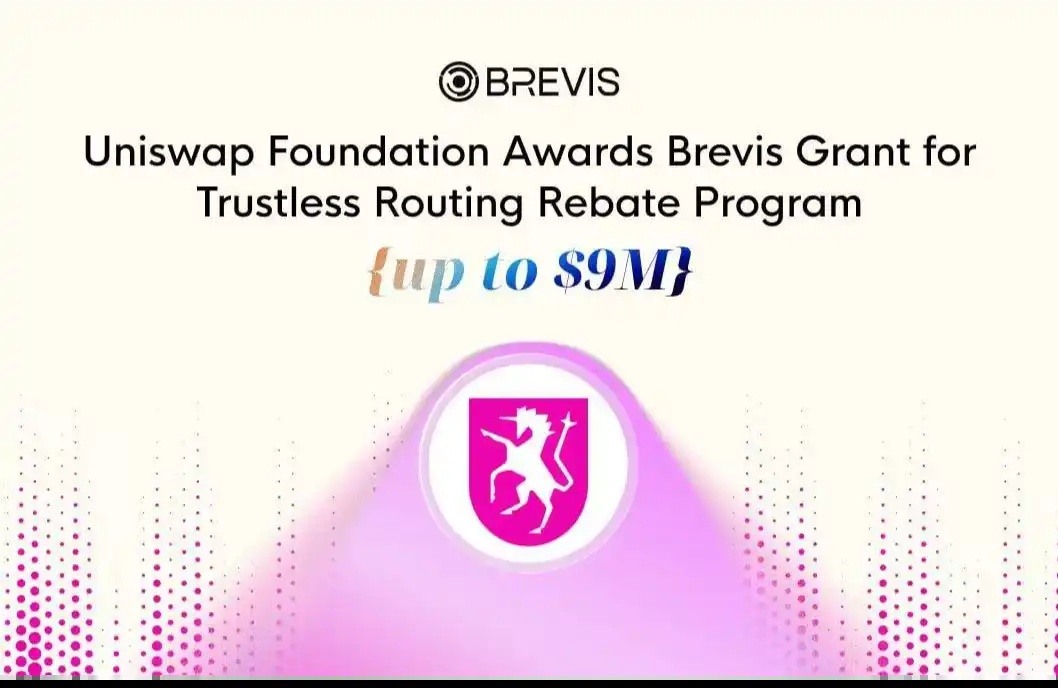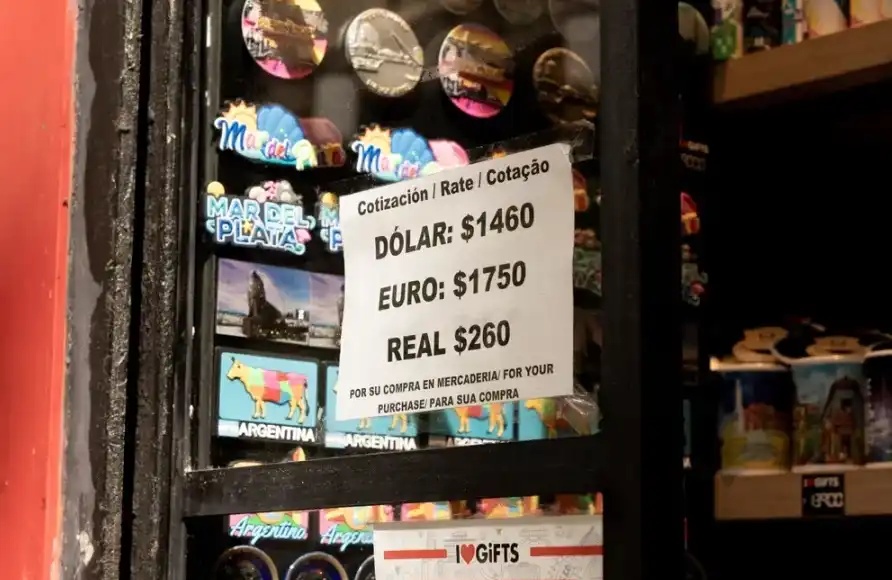Airdrop rules raise questions, how are Avail tokens distributed?
Original title: "Avail airdrop, who did it go to?"
Original author: Alex Liu, Foresight News
Introduction
Avail, another major player in modular narrative, announced on April 19 that it would conduct a Unification Drop token airdrop. 354,605 eligible addresses will be eligible to claim a total of 600 million tokens, and the claim period will end on May 4.

AVAIL claim interface
This is not surprising. As early as a week ago, a screenshot of the suspected Avail airdrop qualification criteria had been circulated on X, and was eventually confirmed by the team as a "leak", which aroused people's expectations.

Pre-released airdrop qualification standards
However, the subsequent airdrop claiming website disappointed many people - many testnet participants and L2 heavy active users who were sure they would gain something before, got the result of "Not Eligible" in the qualification query. For a time, there was constant online criticism, complaining about the rules and standards, and even questioning the fairness. Many users directly called the project party "rat warehouse".
What standards did Avail set, and to whom did it distribute the tokens? Are the users' doubts reasonable? After reading this article, I believe you can come up with your own answer.
Rules
The officially released airdrop rules are no different from those leaked in advance. It is divided into 5 categories:
1. Blockchain ecosystem developers. 90 million AVAIL.
2. Incentivized testnet contributors. 49.5 million AVAIL.
3. Rollup users. 380 million AVAIL.
4. Polygon PoS stakers. (i.e. MATIC stakers on the Ethereum mainnet), 70 million AVAIL.
5. Significant community contributors. 10.5 million AVAIL.

Avail's official airdrop standards
Why did such a rule cause so much controversy?
Controversy
No DYM stakers
As a member of the modular ecosystem, everyone has always expected that Avail will airdrop to Dymension token stakers, which is also a modular project, just as TIA stakers received DYM airdrops. As a modular settlement layer, Dymension is objectively a client of Avail DA. All these connections have caused many users to buy DYM and stake it in anticipation of Avail's airdrop.
But in the end, the airdrop was not given to DYM stakers.
The founder of Dymension also seemed dissatisfied with this. After the Avail airdrop details were announced, he tweeted: Who is building a Substrate-based DA that really knows how to airdrop?

Tweet by the founder of Dymension
And Avail is a DA built on Substrate, so it’s self-evident what he means.
Testnet Node “Lottery”
The operators of light nodes belong to the second category of incentivized testnet contributors. But many users, who have run nodes for months, are not eligible to claim tokens. Why is that? Official description:
The top performing light client operators who participated in the Light Client Lift-off have also been randomly selected for AVAIL rewards.
The best performing light client operators who participated in the Light Client Lift-off have also been randomly selected for AVAIL rewards.
Random selection turns the time and energy previously invested by users into a "lottery" determined by luck, and hands their fate over to themselves. And because there is no more information disclosure, it is questionable whether the "random selection" process is fair. Criticisms of this seem to be understandable.
Polarization, opaque standards
Among all the qualification standards, the one with the largest total allocation and the most chance for ordinary retail investors to obtain is "Rollup users". But is this really the case?
Avail officially claims that the top 50,000 addresses in each L2 ranking are eligible, but in fact it is much more difficult to reach the top 50,000 than imagined.
You may have a similar experience to the author: you saw the Avail airdrop news brought by the big V and KOL in the airdrop field on X, and saw that they attached screenshots of being eligible to receive thousands or tens of thousands of AVAIL, and claimed that every account had it, which was a big deal. So I excitedly went to the official website to verify the qualifications of each address one by one, and gradually found that something was wrong - including my most commonly used and most active L2 address, which was completely wiped out.
This is a common situation for the author and his friends around him. But some friends' commonly used big accounts are not eligible, but a small account with unknown special features can receive thousands of coins. Why is this? The answer is: I don't know. Avail explains that the airdrop qualification refers to the number of transactions per week, transaction volume, gas fees, etc., but the specific data used to divide the standards is not transparent.
However, the number of transactions should indeed account for a large weight. The community responded that most of the addresses that had "inscribed" on L2 and had many transactions were eligible.

L2 that can obtain AVAIL
The relatively vague standards make it possible for the community to accuse the project party of "rat warehouse". You must know that in the end, the tokens are collected by the wallet address of the Polkadot ecosystem. After the tokens are collected, everyone cannot know which L2 addresses are eligible for them.
Excessive “Contributor” Share
Lefteris Karapetsas, a well-known open source developer of Ethereum, wrote in a related post:
“I have several private Rollup addresses that are very active, but they received nothing, except for one address that received about 300 tokens.
And my Github, Twitter and public addresses received a total of about 87,000 tokens!!!
Same for Starknet. Yes, I am one of 8 users.
Don’t get me wrong, I appreciate the recognition.
But I wonder why the multiplier for Rollup/Starknet activity is so much smaller than for well-known people like me?
My lefteris.eth is not an active Rollup user. Just a governance participant. Yet it gets 80x more tokens than the most active Rollup address I own.
Again, thanks for the recognition, but it seems a bit unfair to most users, favoring well-known people/OGs like me. 」

Screenshot of the airdrop query attached to the post
As can be seen in the picture, in addition to the 13,333 as a developer, connecting to Twitter brought him a full 50,000 allocation. As a user, he could only get 300. The disparity in distribution made him feel indignant for ordinary users.
According to the author's observation, the people who received 50,000 "community contributors" were not all respected open source contributors like Lefteris. Some seemed to be project parties with friendly relations with Avail, and some were even just KOLs who had advertised for Avail.
The disparity in shares and the actual unevenness of the so-called "community contributors" also caused the anger of the community.
Summary
Avail's airdrop seems to have a lot of bad points this time.
· The node qualified address is selected by random lottery, and the specific standards of L2 are not transparent—>"There is a lot of room for operation"
· Even if there is a "rat warehouse" when using Polkadot wallet to collect coins, it is impossible to prove it.
· Many so-called community contributors with large shares have "friendly relations" with the project owners.
I hope everyone can draw some conclusions from this and become smarter "airdrop hunters" in the future. But no matter how smart and shrewd the "airdrop hunters" are, the success or failure of the airdrop is in the hands of the project owners.
Original link
Welcome to join the official BlockBeats community:
Telegram Subscription Group: https://t.me/theblockbeats
Telegram Discussion Group: https://t.me/BlockBeats_App
Official Twitter Account: https://twitter.com/BlockBeatsAsia


 Forum
Forum Finance
Finance
 Specials
Specials
 On-chain Eco
On-chain Eco
 Entry
Entry
 Podcasts
Podcasts
 Activities
Activities
 OPRR
OPRR








